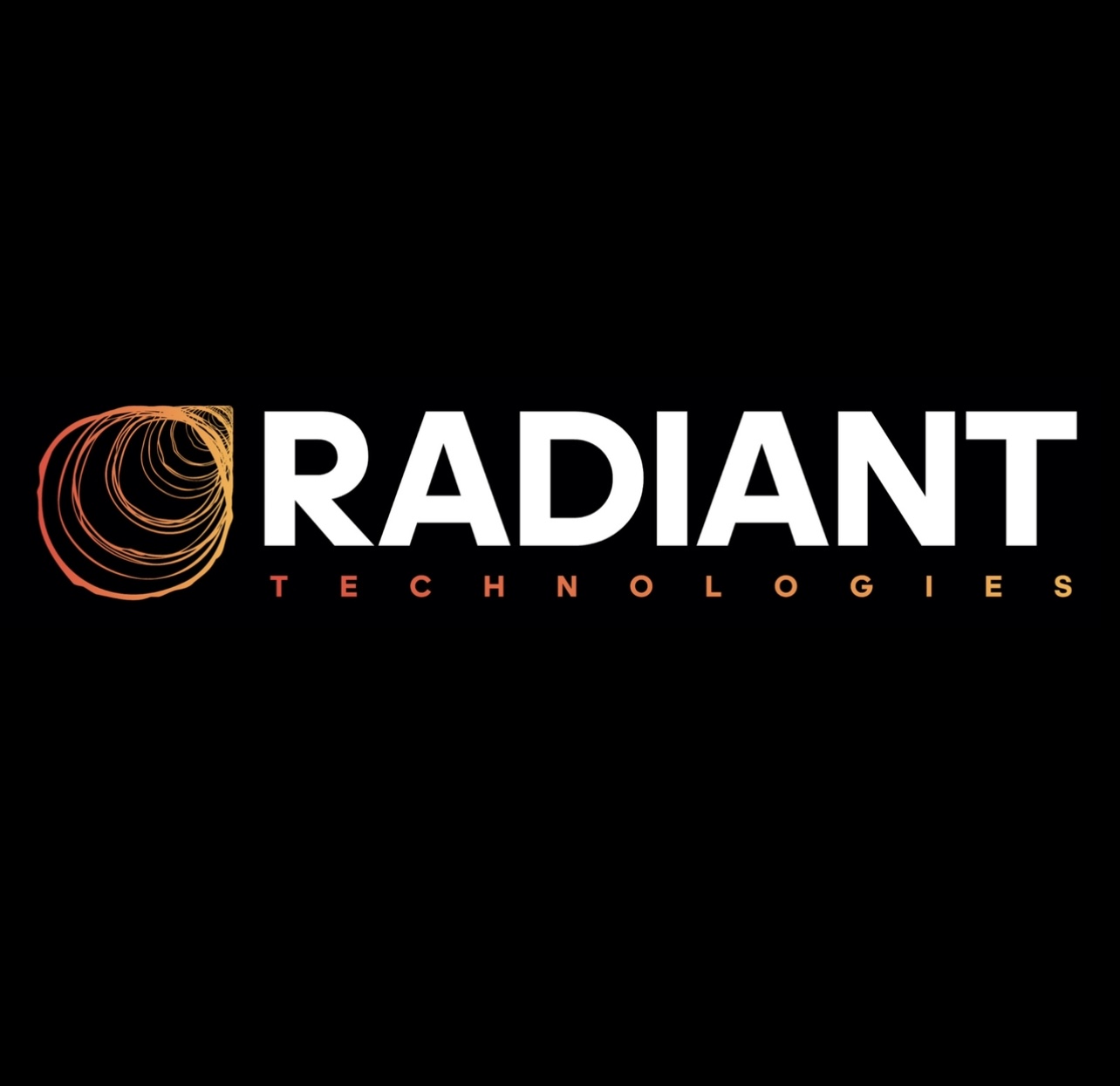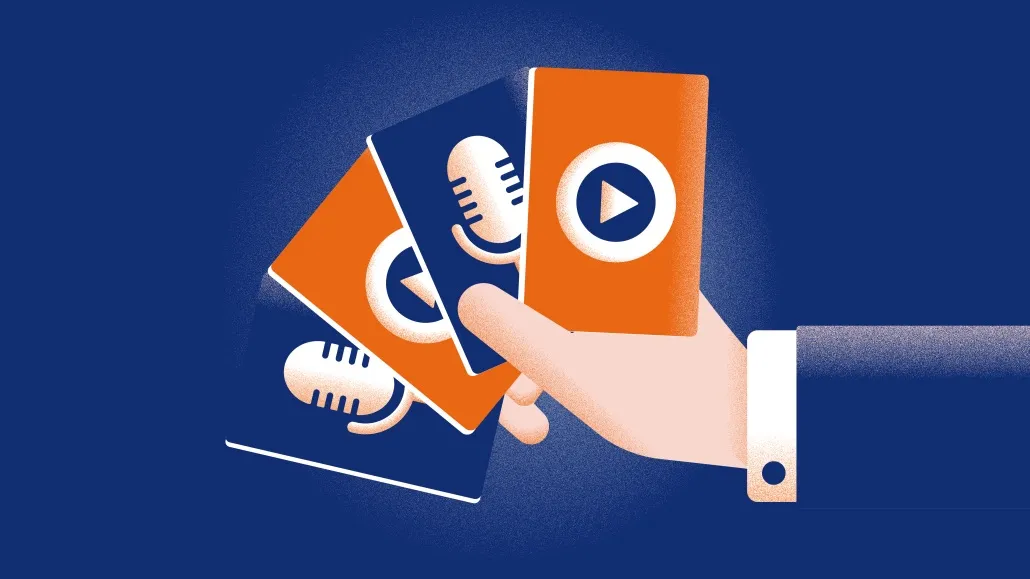Thanks to cutting-edge tools, data-driven tactics, and novel technology, the digital advertising scene is changing quickly.
Because it provides real-time engagement opportunities and precision targeting, digital audio in particular is transforming the way companies interact with listeners. The U.S. is expected to spend $7.55 billion on digital audio advertising in 2025, a 19% rise from 2022, according to eMarketer.
In an increasingly interconnected world, digital audio advertising is becoming a potent medium for creating lasting relationships and producing quantifiable outcomes as the sector expands. The latest developments and trends in adtech that are propelling the sector are highlighted in a recent report from AdsWizz.
Programmatic audio is the intersection of impact and innovation.
Programmatic audio is a game-changer as digital audio advertising continues to gain traction; it is expected to reach $2.6 billion by 2026. A major factor in this growth is the 135 million Americans aged 12 and older who listen to podcasts every week.

While maintaining the genuine and personal appeal of audio, adtech tools such as dynamic ad insertion (DAI), automated host-read advertising, and dynamic creative optimization (DCO) allow businesses to scale contextually relevant, tailored campaigns. These developments assist advertising in achieving quantifiable outcomes and successfully engaging listeners.
Advanced targeting for listeners who are constantly on the go
Since modern listeners spend more than four hours a day engrossed in audio, marketers have many opportunities to interact with consumers wherever they are. These relationships are strengthened by sophisticated targeting strategies that are fueled by first-party data, contextual relevance, and emotional alignment.
READ MORE: The Ability Of First-Party Data Collaboration To Increase The Efficacy Of Advertising
To create messages that connect on an emotional and cultural level, advertisers are utilizing strategies such as multicultural targeting. The outcomes are striking: When compared to generic placements, advertisements that are in line with cultural or emotional resonance have a 156% greater emotional impact.

Keeping privacy and customization in check
Audiences want more robust data privacy even while they want personalization. These days, privacy-first tools are essential for advertising to uphold credibility while producing significant outcomes. Publishers and advertisers can have a significant difference by employing creative solutions that strike a balance between accuracy and privacy.
Anonymized data, for instance, enables advertisers to forecast demographic audiences, increasing engagement while protecting private data. Clean rooms offer strict protections and open up new possibilities by utilizing powerful analytics within privacy-first frameworks.
READ MORE: X Launches AI-Generated Advertising In An Attempt To Retain Advertisers
Third-party ID solutions (like NetID or UID2) offer safe substitutes for traditional IDs when they become less common, facilitating efficient transactions between publishers and purchasers. These developments open the door for trust-driven advertising tactics by guaranteeing that marketers may successfully engage audiences while protecting privacy.

Integration across all channels
There is no longer a single format for audio. On all platforms, audiences are combining social networking, video, and audio. For instance, YouTube is now the preferred medium for 31% of podcast listeners, opening up new avenues for marketers to implement omnichannel strategies. Advertisers can successfully engage consumers across a variety of channels by including audio into larger media strategy.
Tools like AudioPixel, second-screen retargeting, and voice-activated advertisements are transforming audio advertising to support these tactics by facilitating quantifiable interaction and assisting advertisers in adjusting to changing audience behaviors. Let’s dissect it:
- AudioPixel: Use anonymized data to protect privacy by linking ad exposure to actions such as website visits and purchases.
- Second screen retargeting: This technique combines audio advertisements with display banners to strengthen brand memory.
- speech-activated advertisements: These transform static audio advertisements into dynamic, interactive experiences by enabling viewers to interact with basic speech commands.

Why audio will dominate advertising in the future
With sophisticated adtech solutions that streamline campaign execution and produce quantifiable outcomes, digital audio is set for tremendous development. Audio advertising is becoming a more dynamic option for contemporary marketers as the industry changes.
Audio creates real, emotional connections that set brands apart by utilizing cross-platform formats, privacy-friendly tactics, and customisation. Advertising’s future lies in leveraging the appropriate adtech to whisper more intelligently rather than shouting louder.
Step into the ultimate entertainment experience with Radiant TV! Movies, TV series, exclusive interviews, live events, music, and more—stream anytime, anywhere. Download now on various devices including iPhone, Android, smart TVs, Apple TV, Fire Stick, and more!


